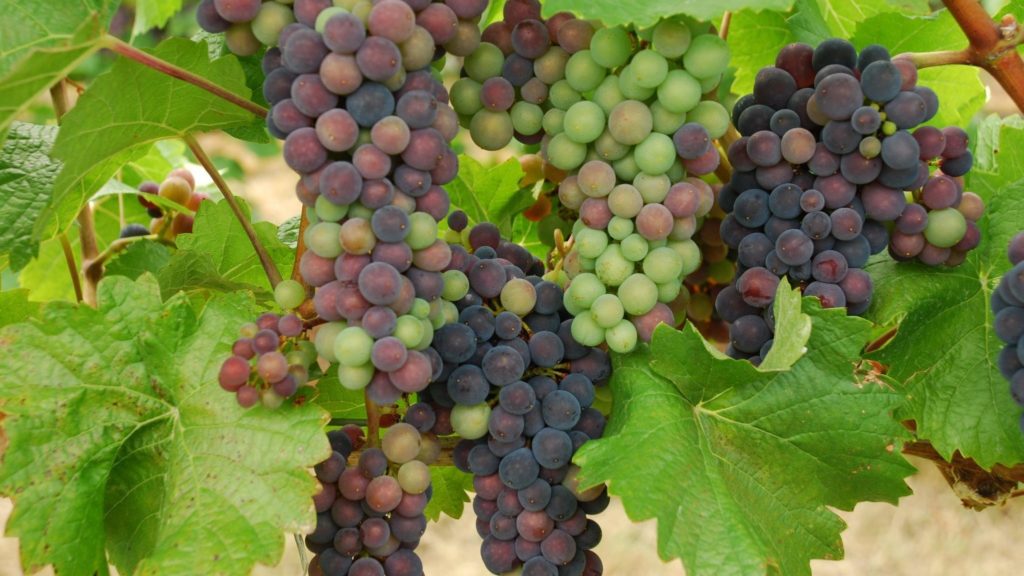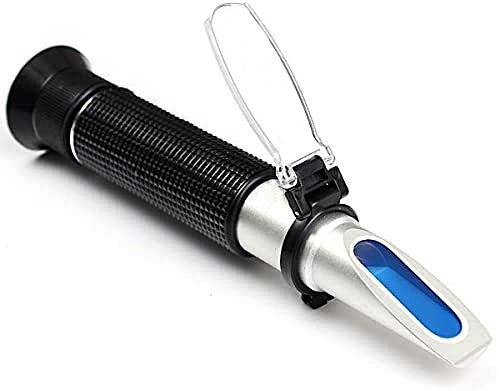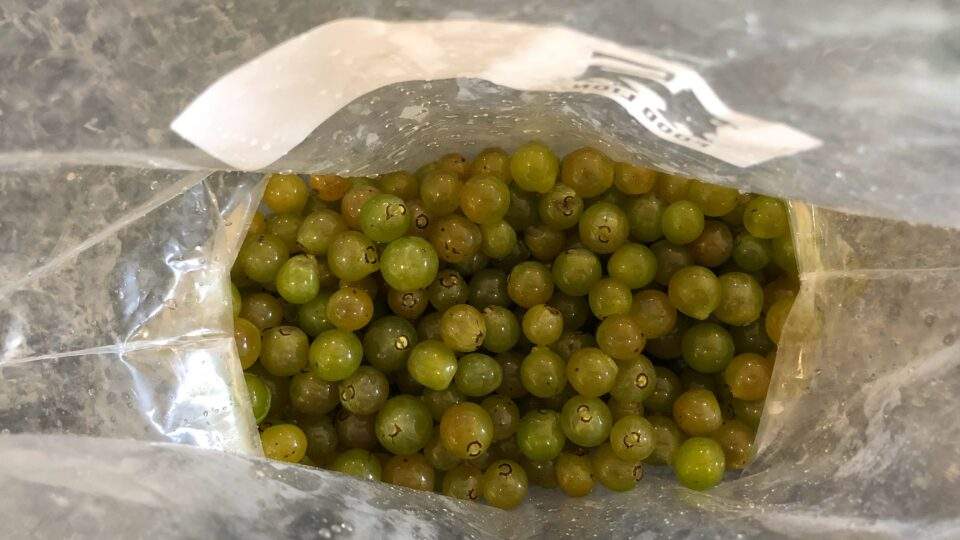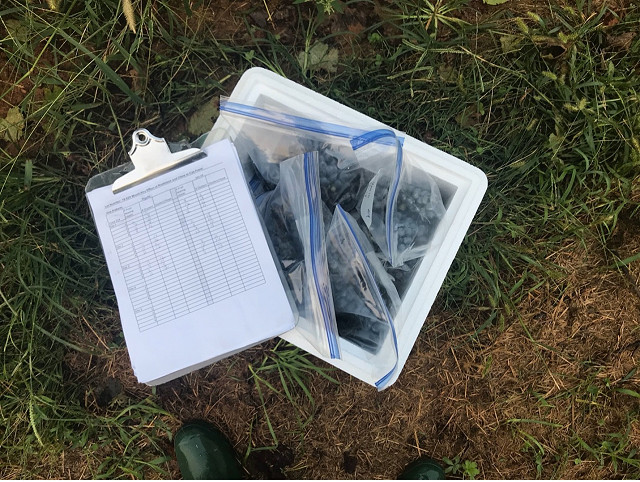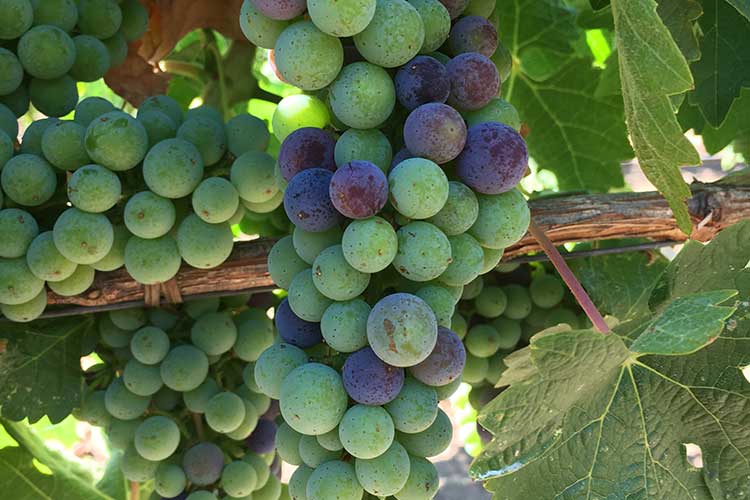Hello Dear Readers!
I hope the last couple of weeks have been treating you well. The weather has been wonderful, and harvest has slowly started. As we head into the home stretch, I thought it would be useful to focus on sampling strategy for this week. This post will be available as a fact sheet on the Perennia website soon.
The petiole sampling fact sheet is now available online. I will be on the road for the duration of harvest and dropping in to see you, so if you would like a visit, or a check-in, do let me know.
Thank you and Happy Harvest!
GRAPE SAMPLING STRATEGY
Cluster sampling for fruit maturity after Veraison and up to harvest is one of the best techniques for monitoring and tracking crop maturity.
Grape Quality is Impacted by:
- Maturity and condition of the grapes
- aroma/flavour and phenolic characteristics
- harvesting methods, transportation and processing protocols.
- Plastic Zip-lock bags
- Marker (label the bags prior to placing berries/clusters inside)
- Cooler and cooling blocks/ ice (if transporting the samples long distances)
- Refractometer and lab (or sending samples to the lab)
- Depending on variation, sample approximately 30 clusters per sampling region. (Sample at least 10 clusters from a block)
- Plan distribution in advance and stick to the plan. Skip end vines, perimeter rows, and atypical vines. Alternate left and right sides of the aisle.
- Facing the vine, rotate sampling from the left, center, and right positions on the vine. Alternate canopy depths (near vs. far).
- Alternate between high and low position on vine. Use “blind” cluster choice.
- Pictures below illustrate the progression of cultivars from veraison to maturity.
- Sample and taste often in the days and weeks leading up to harvest.
- Do not sample during and right after the rain.
- Be aware that weather such as heat spikes or rain events will affect results.
- Crush and juice samples thoroughly.
- Smaller berries and those on the interior of clusters are often left intact and will bias your sample.
- Below is an example of a lab result illustrating the sugar accumulation at the start of veraison.
- Sampling from only the sun-side or only the shade- side.
- Sampling only clusters near the outside of the canopy.
- Sampling the largest, most obvious, or easiest-to- grab clusters or berries.
- Sampling from diseased or other non-representative vines.
- Sampling from end vines and perimeter rows.
- Sample processing that doesn’t thoroughly crush the berries and homogenize the juice.
Remember: Collecting samples RANDOMLY is KEY.
Viticulture Specialist
Perennia Food and Agriculture
Email kvucic@perennia.ca
Office 902-678-7722
Cell 902-599-1390

